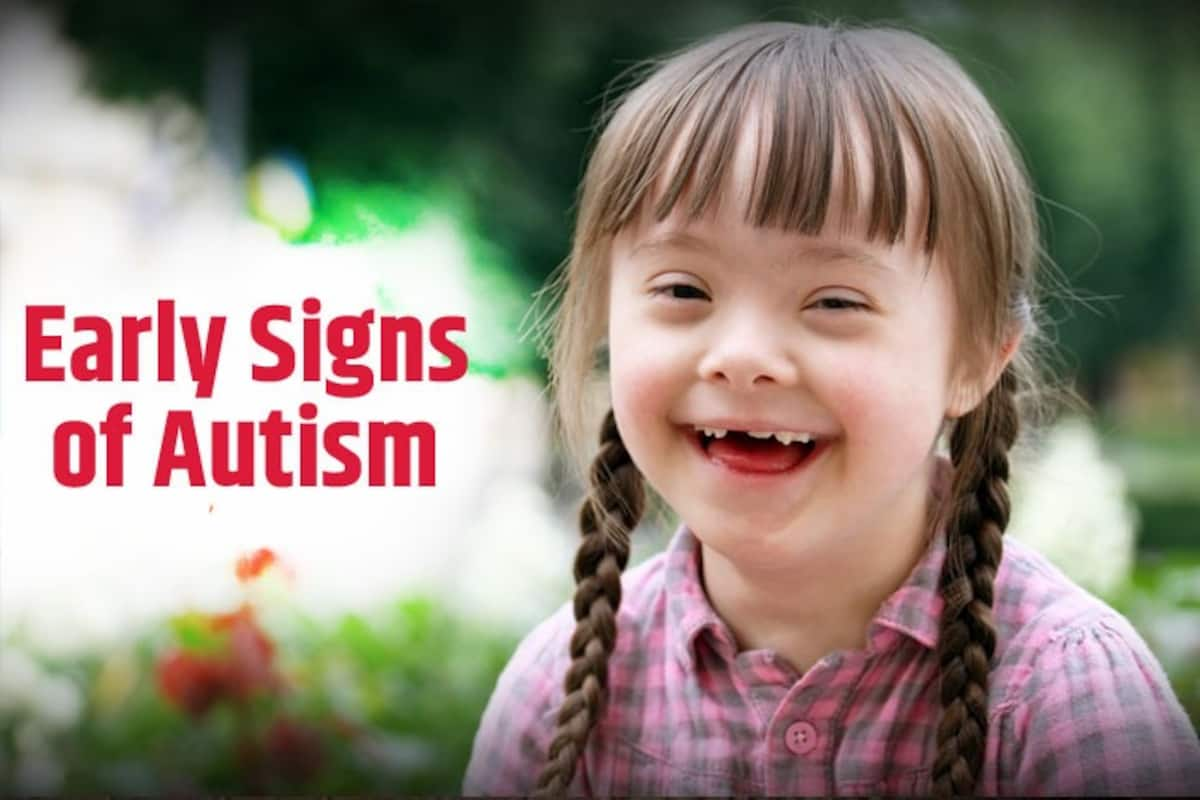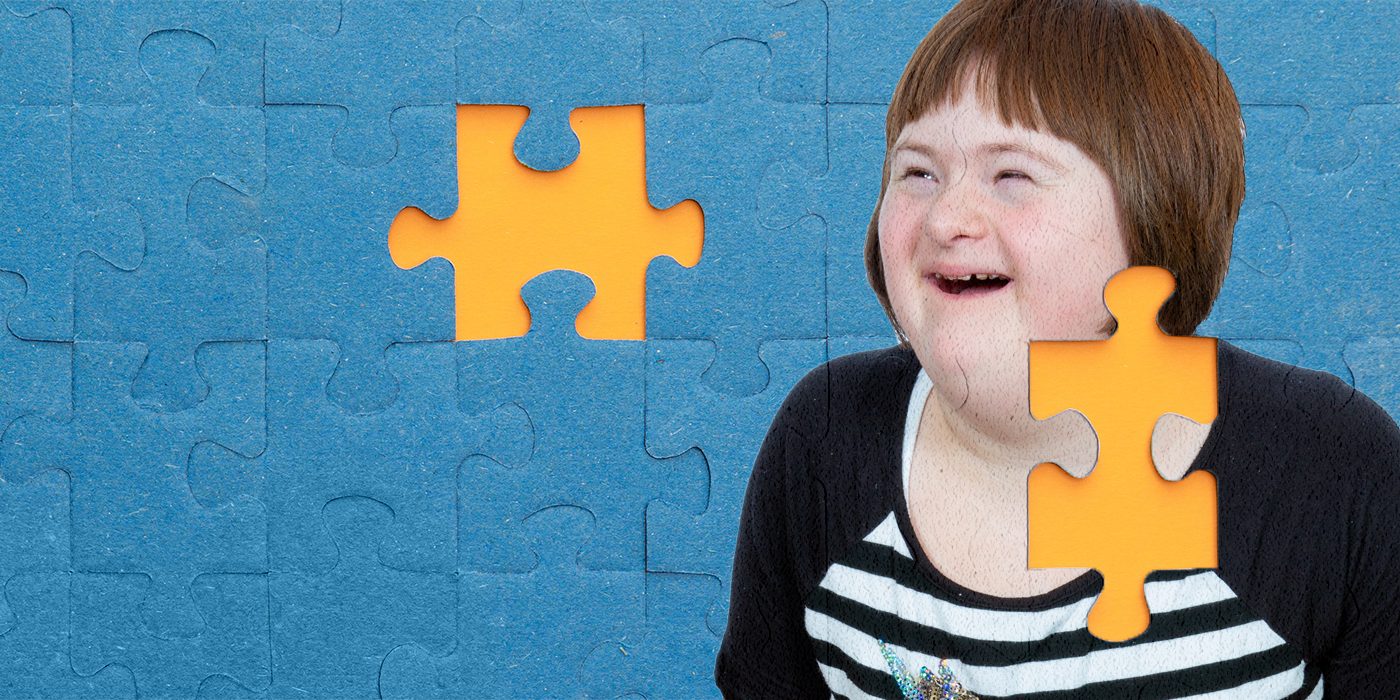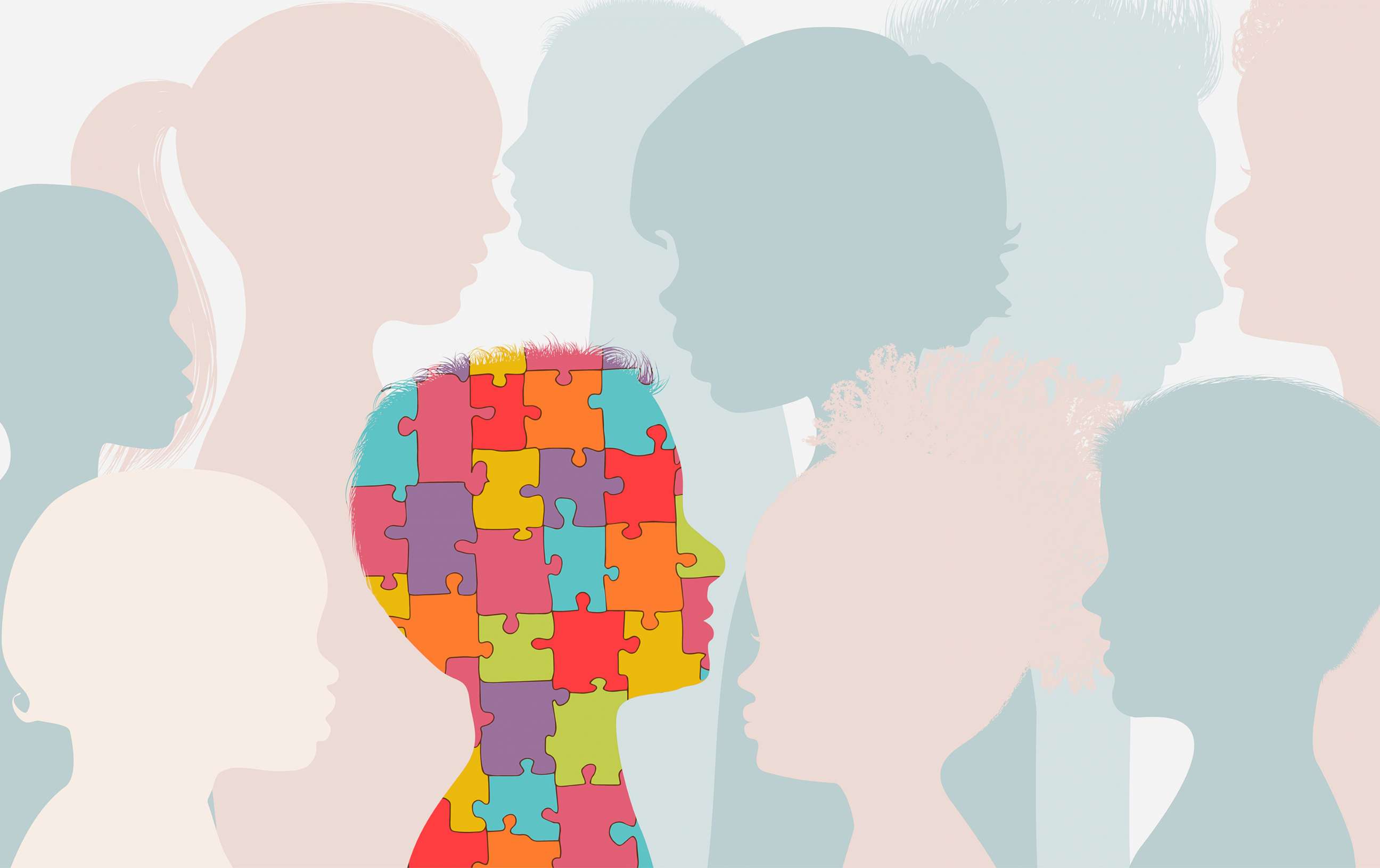Autism and Sensory Processing: Exploring the Link and Its Impacts
Autism and Sensory Processing: Exploring the Link and Its Impacts
Blog Article
Exploring Autism: Methods for Efficient Communication and Interaction
Efficient interaction and interaction with individuals on the autism spectrum require a comprehensive understanding of their special needs and choices. Strategies such as utilizing clear language, utilizing aesthetic supports, and cultivating constant routines can substantially enhance involvement and decrease stress and anxiety. Identifying the relevance of non-verbal signs and shared rate of interests paves the means for significant connections. Nonetheless, the ins and outs of these strategies expose more considerations that warrant expedition, specifically in exactly how they can be adjusted to diverse contexts and specific experiences. What might these adaptations appear like in method?
Understanding Autism Range Disorder
Autism Spectrum Condition (ASD) includes a variety of neurodevelopmental conditions characterized by obstacles in social interaction, interaction, and repetitive habits. The term "range" mirrors the varied symptoms and differing degrees of severity experienced by individuals with ASD. While some may exhibit considerable problems, others might show high-functioning qualities, permitting for better freedom in every day life.
The start of ASD generally takes place in early childhood years, with indications often identifiable by age two. Very early indicators may consist of delayed speech growth, minimal eye contact, and problems in understanding social signs. Although the precise etiology of ASD continues to be uncertain, research study suggests a combination of ecological and hereditary factors plays an important duty in its development.
As an outcome, treatments and assistance tailored to individual needs are vital for fostering communication and social abilities. Recognizing the intricacy of ASD is vital for promoting understanding, approval, and reliable strategies that assist in meaningful interactions with people on the range.

Significance of Clear Interaction
Efficient interaction is vital for fostering understanding and link, specifically for people with Autism Spectrum Disorder (ASD) Clear interaction not just facilitates social interactions but also improves the person's capability to share their demands, thoughts, and feelings. For people with ASD, the nuances of language can often be challenging; as a result, using straightforward and unambiguous language is important.
Additionally, clear interaction helps in reducing stress and anxiousness that may arise from misunderstandings. When messages are conveyed in a consistent and direct manner, individuals with ASD are much better geared up to analyze info precisely, which can substantially boost their social interaction and involvement in numerous setups.
Developing routines and utilizing aesthetic assistances can further strengthen clear communication. These approaches supply individuals with predictable structures that aid understanding and retention of details. Additionally, actively being and listening individual during communications promotes an encouraging environment where individuals with ASD feel valued and understood.
Ultimately, focusing on clear interaction not only equips people with ASD however additionally promotes more meaningful connections with their peers, caregivers, and the bigger neighborhood, leading the way for collaborative connections and inclusive communications. - autism
Non-Verbal Communication Strategies
Communication prolongs beyond words, and for people with Autism Spectrum Problem (ASD), non-verbal hints play a substantial function in communications. Non-verbal interaction strategies can consist of facial expressions, motions, body language, and eye get in touch with, all of which function as vital parts for conveying feelings and objectives.
Recognizing and translating these non-verbal signals can boost interactions with people with ASD. For example, a cozy smile or open position can produce an inviting ambience, urging interaction. Likewise, utilizing aesthetic help-- such as picture cards or icons-- can bridge interaction gaps and help convey messages better.
It is likewise vital to be mindful of individual room, as individuals with ASD may have various comfort degrees concerning distance. Observing their responses to physical distance can notify suitable adjustments.

Producing Helpful Settings
Producing an encouraging setting is vital for fostering favorable interactions and boosting the wellness of people with Autism Range Problem (ASD) Such atmospheres can significantly reduce anxiousness and create a sense of safety and security, allowing individuals to express themselves much more easily.
To attain this, it is necessary to think about sensory sensitivities that people with ASD may experience. Changing the physical space to consist of soft illumination, very little background noise, and comfortable seating can create a calming environment. Additionally, utilizing consistent regimens and clear visual timetables can aid people prepare for transitions and reduce uncertainty, further advertising comfort.
Social areas ought to be structured to lessen frustrating stimulations click over here now while providing opportunities for interaction in favored tasks. Helping with areas designated for quiet time can likewise work as a sanctuary throughout moments of anxiety. Notably, including components of option encourages individuals, enabling them to exercise agency in their environment.

Encouraging Social Interactions
Cultivating social communications among people with Autism Range Disorder (ASD) calls for willful techniques that focus on convenience and interaction. Developing foreseeable routines can help lower stress and anxiety, making social settings a lot more approachable. Developing organized settings with specified obligations and roles enables individuals to involve without the frustrating pressure of disorganized social characteristics.
Integrating interests and staminas right into social tasks can serve as a driver for communication. Organizing team tasks around shared pastimes or find this topics of fascination can promote all-natural conversations and connections. Furthermore, utilizing visual assistances, such as photographic routines or social scripts, can help in recognizing social cues and expectations.
Designing suitable social actions is essential - autism. Adults and peers ought to demonstrate effective interaction techniques, consisting of active listening and turn-taking. Role-playing scenarios can also give a secure area for people to practice these abilities
Lastly, cultivating peer partnerships with inclusive methods is necessary. Motivating comprehensive playdates or team trips can create chances for socializing in a comfortable setting. By applying these caregivers, instructors and approaches can considerably improve social communications for individuals with ASD, promoting their general social advancement and health.
Conclusion
In verdict, reliable communication and interaction approaches are necessary for sustaining individuals with Autism Range Disorder. Eventually, these techniques equip individuals with autism to navigate social landscapes, advertising their overall wellness and enabling the development of enduring connections.
Effective interaction and communication with individuals on the autism spectrum necessitate an extensive understanding of their unique demands and i loved this preferences. Clear communication not only assists in social communications but also enhances the individual's ability to express their needs, emotions, and ideas.Fostering social interactions among individuals with Autism Range Condition (ASD) calls for deliberate techniques that prioritize comfort and involvement. By carrying out these strategies, educators and caregivers can substantially boost social communications for people with ASD, advertising their general social growth and well-being.
In conclusion, effective communication and interaction strategies are essential for sustaining individuals with Autism Spectrum Problem.
Report this page